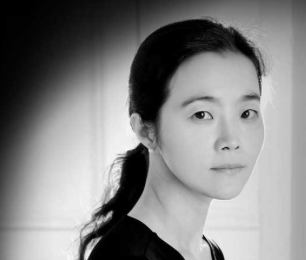Sohyun Ahn, piano
Weill Recital Hall at Carnegie Hall
October 8, 2017
Unmatched in contrapuntal science and expressive power, the Goldberg Variations are one of the definite “Mount Everests” of the pianist’s world. Sohyun Ahn gave a fully expert, involved reading of the work. Her recent Mozart CD was already reviewed in these pages, and I can attest that she has mastered what I call the “slender tone” that makes performances of Baroque and High Classical music on a modern piano successful.
Her approach worked best in the very fleet movements (Variations 5, 14, 17, 23, and 26, for example). She did not over-ornament anything, even in the repeats, all of which she observed. I think of her performance as very “Age of Enlightenment,” in that everything was balanced and rational. This is not to say that there was no emotion, far from it, but it was tempered in the service of the big picture, which in this case, is quite big. The entire set flowed out of her in a very natural way, for which I was greatly appreciative—this is not easy to achieve in music of such complexity.
One of the most terrifying things about a piano performance of the Goldberg Variations is that it was conceived for a two-manual (two-keyboard) instrument. The task of sorting out all the possible collisions and hand-crossings deters all but the most fearless. Here, Ms. Ahn was an absolute master, and I really didn’t see any rearrangement, only flexibility and comfort.
If I wished for anything, it would have been a greater sense of tragedy in the three minor-key variations, especially No. 25, which should really give the feeling of time having stopped in contemplation of something vast.
As mentioned in the Mozart review, Ms. Ahn does have a tendency to rely too much on echo effects for repeats. Variety can also be achieved with color change and touch alteration, which she sometimes did. Charles Rosen strongly objected to echoes ,except where specifically called for, saying that he found them emasculating.
After the humor of the Quodlibet (Variation 30: “Cabbages and beets kept me away, had Mother cooked meat, I would have come,” an example of the Bach family humor) and the sublime reappearance of the Theme, there is really nothing more to be said. Thus, I found it a bit shameless and not quite in good taste for Ms. Ahn to present the Mozart “Duport” Variations, K. 573, as an encore. She played them repeat-free, and displayed her considerable strengths: crystalline sound and precise, rapid fingers; but after the Bach, even the great Mozart just seemed trivial. That’s just me. Everyone leapt to their feet for well-deserved ovations after both works.

